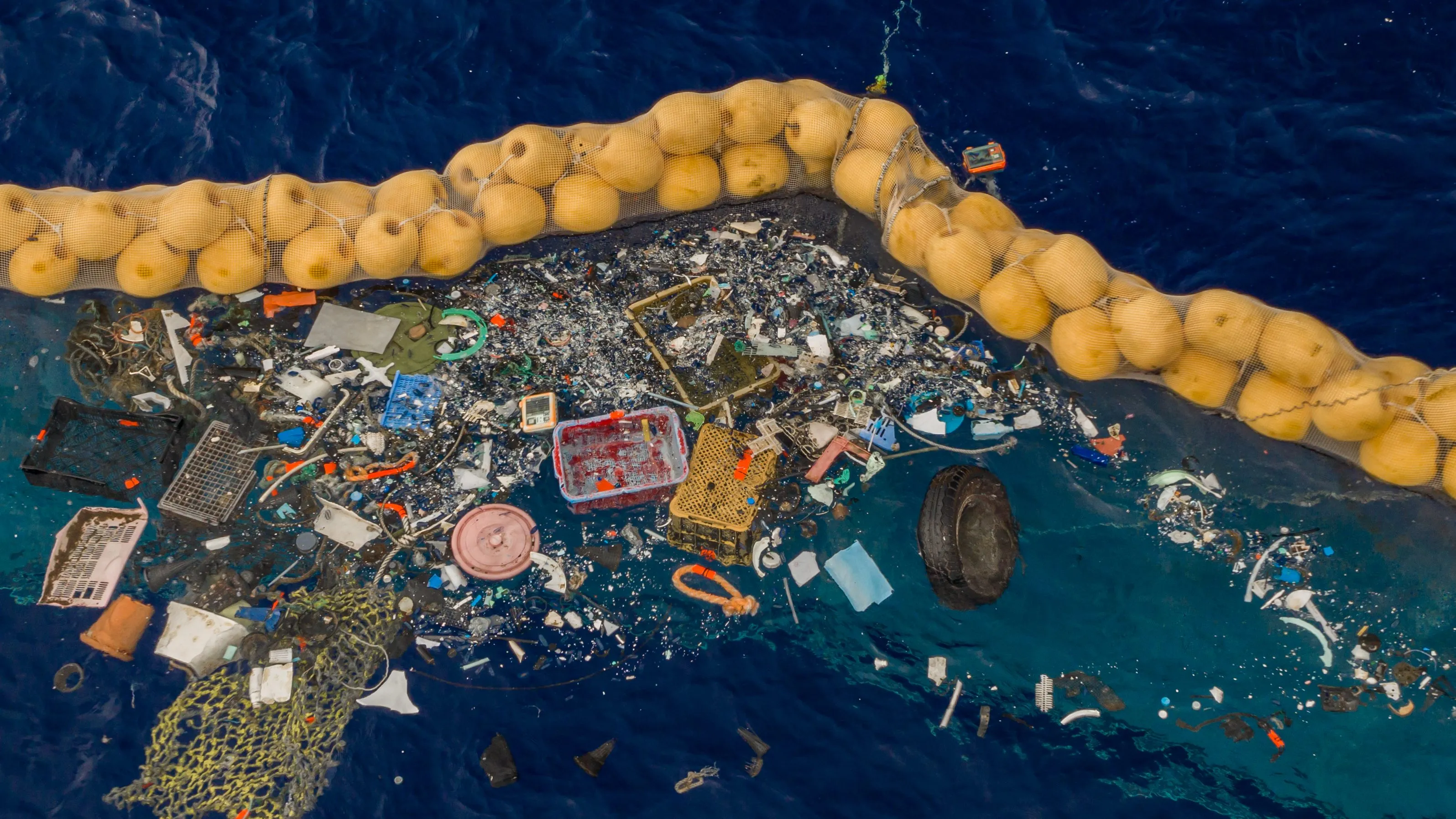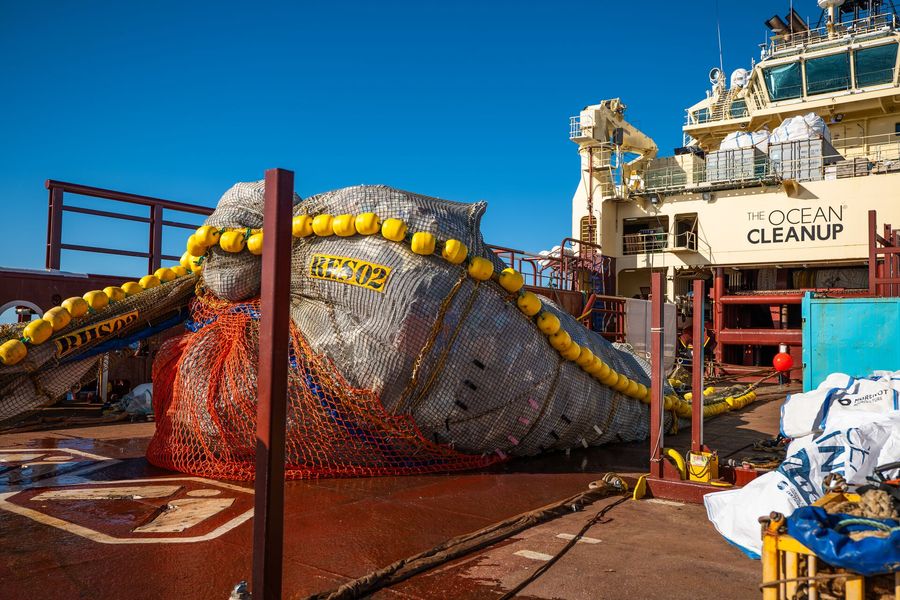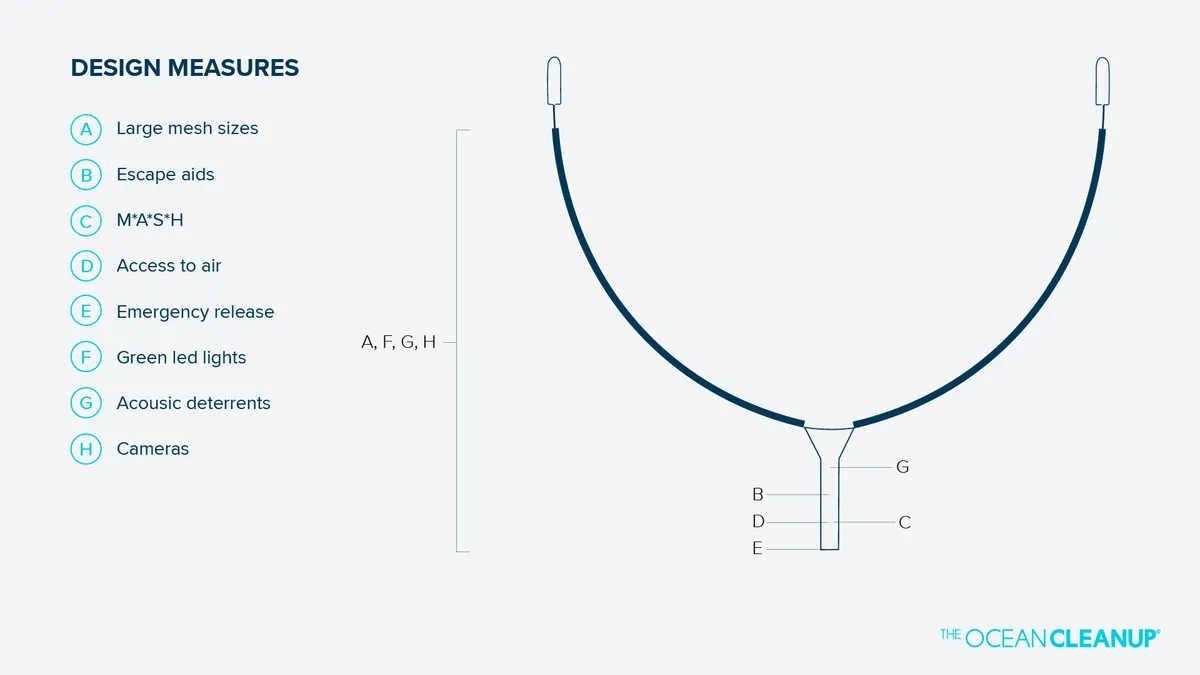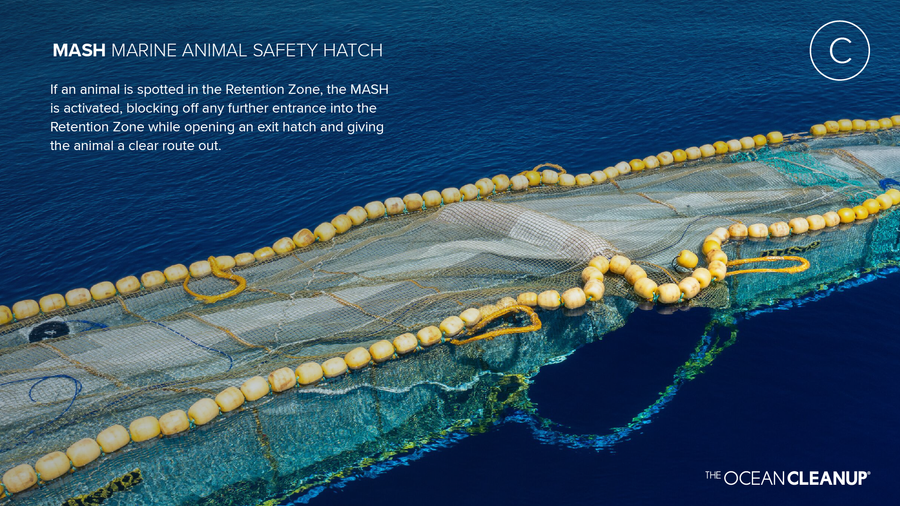Water Pollution
line
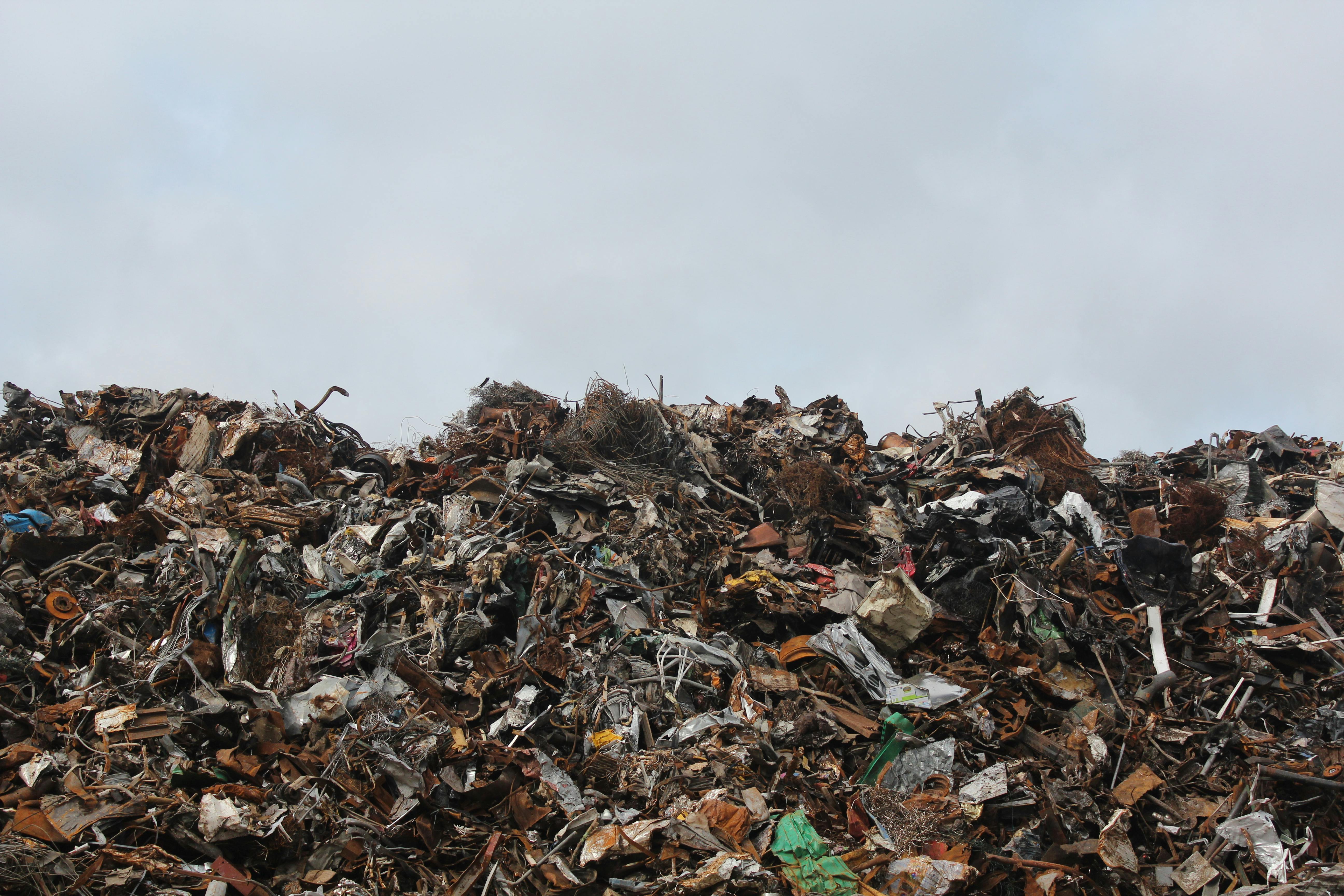
Water pollution has drastically limited the availability of Earth’s freshwater, leaving us with less than 1% of it usable. Water’s unique ability to dissolve more substances than any other liquid makes it particularly vulnerable to contamination from harmful chemicals and toxins. These pollutants degrade water quality, rendering it toxic and unsuitable for use. Beyond harming humans, water pollution significantly impacts ecosystems. Contributors include agriculture, sewage and wastewater, oil, and radioactive substances.
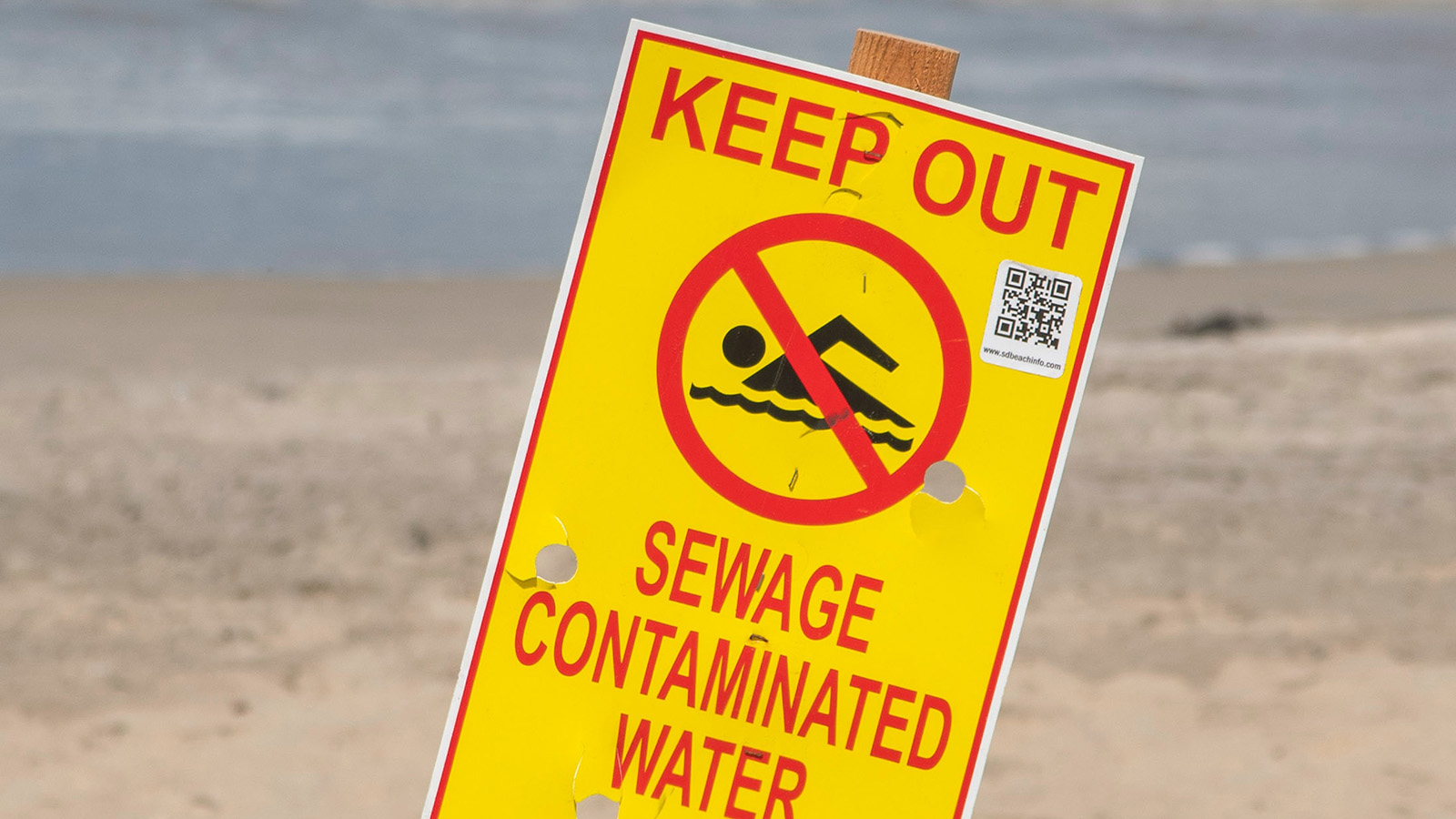
Agriculture, as the largest consumer of water, accounts for 70% of the Earth's water usage, encompassing farming and livestock production. Agricultural activities introduce pollutants such as pesticides, fertilizers, and animal waste into waterways through runoff. This runoff carries harmful chemicals, excessive nutrients, and bacteria, polluting water and disrupting aquatic ecosystems. Untreated runoff reintroduces these contaminants into the environment, further threatening aquatic life. For example, agricultural nutrients like nitrogen and phosphorus can cause algal blooms, which are toxic to wildlife and pose health risks to humans.
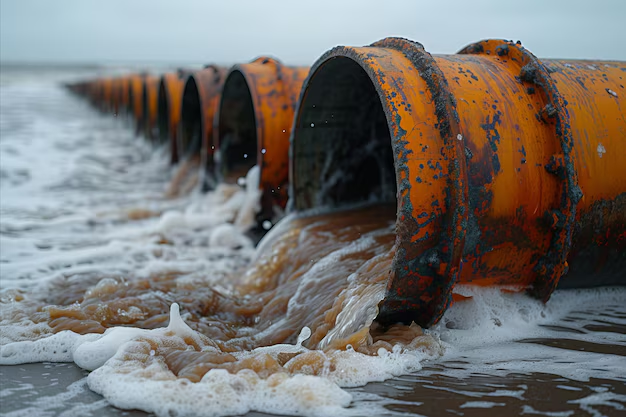
Sewage and wastewater are also major contributors to water pollution. Stormwater runoff transports salt, oil, grease, trash, and other road pollutants into sewage systems or directly into waterways, often without treatment. Wastewater includes water used in daily activities such as bathing, washing, and sanitation, as well as water from industrial and commercial processes. UNESCO reports that over 80% of the world’s wastewater is released back into the environment untreated or not reused, furthering the problem.
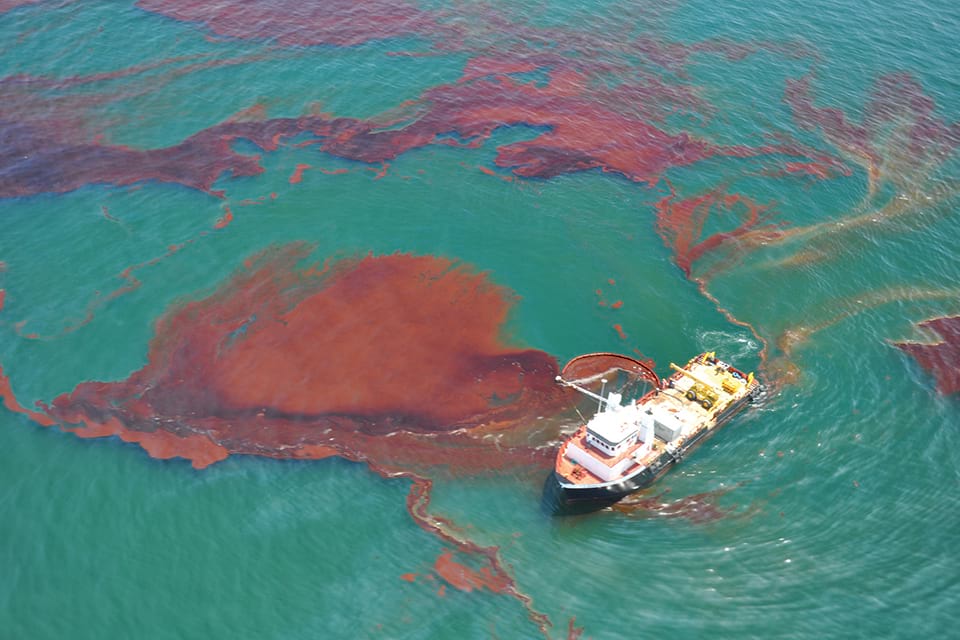
Oil is another significant pollutant, as it does not mix with water and creates lasting damage. While large oil spills capture public attention, most oil pollution originates from everyday activities such as oil and gasoline leaks from vehicles and operations in the shipping industry. Thousands of ships navigate global waters daily, introducing oil into the oceans through accidental spills, routine maintenance, and tank cleaning.
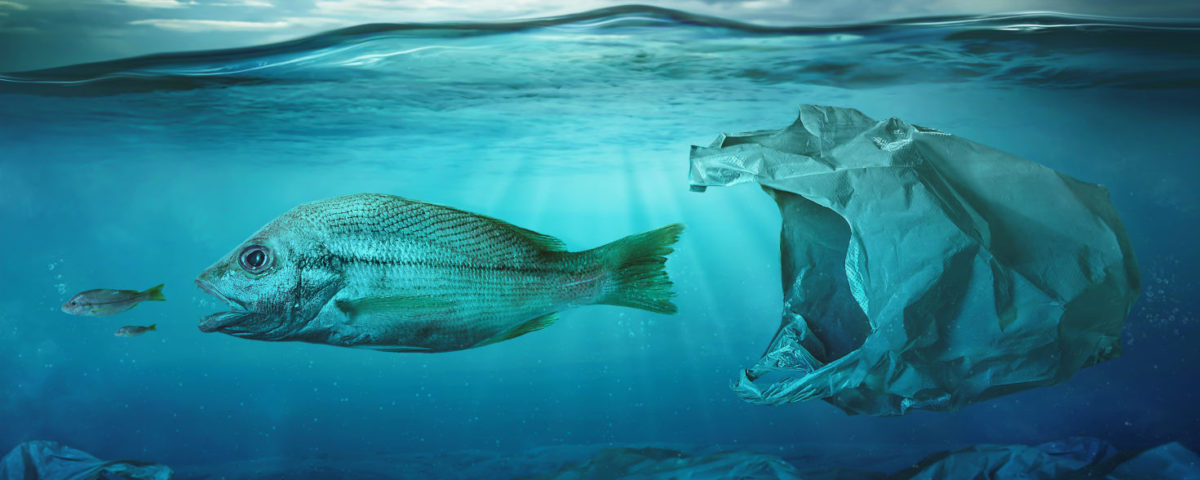
The consequences of water pollution are far-reaching, impacting human health, ecosystems, and biodiversity. According to the EPA, approximately 3.5 million Americans annually suffer from illnesses such as skin rashes, respiratory infections, and hepatitis caused by sewage-contaminated coastal waters. Water pollution renders freshwater undrinkable and restricts recreational activities like swimming, fishing, and beach visits. Moreover, pollution leads to algal blooms, which deplete oxygen levels in water—a process known as eutrophication. This suffocates aquatic life in smaller water bodies and produces neurotoxins in oceans, harming larger marine species such as whales and sea turtles. Additionally, the chemicals introduced into waterways can alter the reproduction and behavior of aquatic organisms. These pollutants ultimately climb the food chain, showing that water pollution impacts us all.

